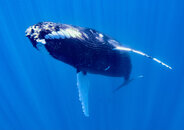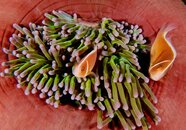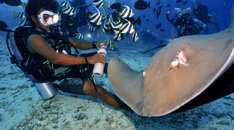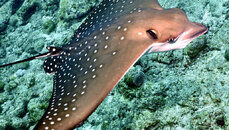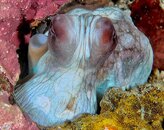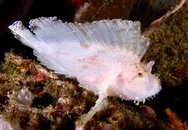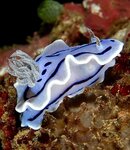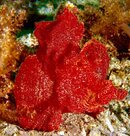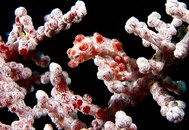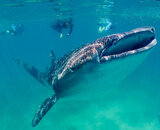Marty Bess
Contributor
I need some help. I'm trying to get a compact camera and think my best options would be the Panasonic LX10 or Sony RX100 VII. Does anyone know if I put on a wet lens like the Inon UWL-H100 28 M67 Wide Conversion Lens Type 2 will I be able to still zoom in and get a tight shoot of say a goby? I want to be able to zoom but have no clue how close I can get before it's out of focus and how close the zoom can get??
Thanks,
Marty
Thanks,
Marty




